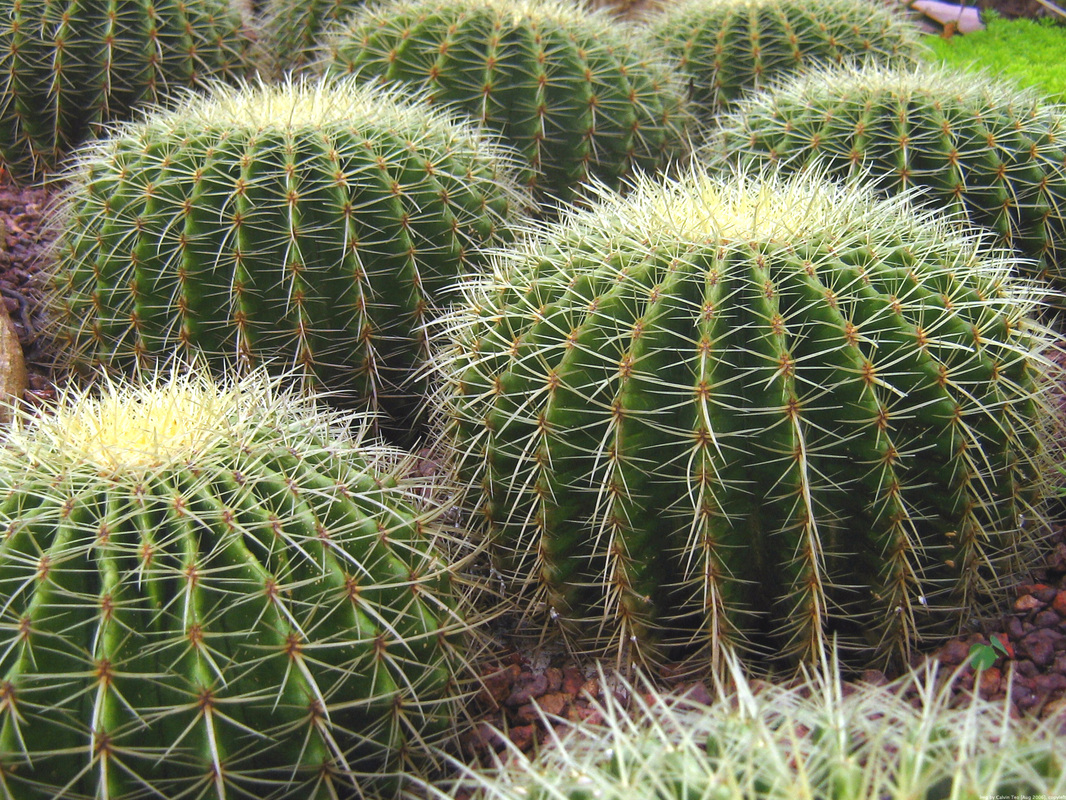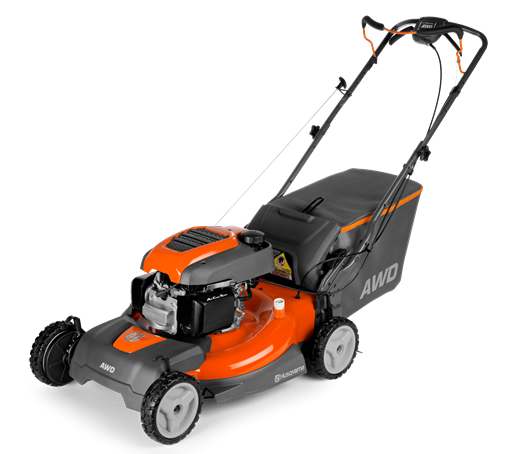Cacti are some of the most resilient plants on the planet. The easy-going nature of this plant makes it a sound choice for all gardeners, both with and without green thumbs.
Most cactus live in habitats subject to at least some drought, which makes them great plants for gardeners just starting out.
The routine of gardening can be difficult to establish at first. Planting is only part of the process. Tending to, watering, and caring for the plants make up the bulk of the work when it comes to gardening. When it comes to cacti the process is a little easier because of its ability to conserve water.
Most species of cacti have spines, which are modified leaves. Spines are produced by areoles, a highly reduced branch. Spines help defend the cactus against herbivores, but they also prevent water loss by reducing air flow to the cactus and providing some shade.
In the absences of leaves, Areoles also produce stems. Unlike with other succulents, the stem is the only part of the cactus where photosynthesis takes place.
Cactus stems also store water and are often ribbed or fluted, which allows them to expand and contract easily. The stem also produces a flower, which is often tubular and has multiple petals.
As advanced as the cactus is about conserving water, advice about watering cacti is tricky to give. When it comes to watering, everything depends on where the cactus is grown.
Too much water can become a problem with cacti. In general during the growing season, cacti should be allowed to dry out between thorough waterings.
In winter months, cacti go dormant, but that doesn't mean they don't need water. During the winter months most cacti should be watered about once every one or two weeks, as a general rule.
Cacti can be used for a variety of things. Some can be used as a source for food and water, others for medicine. The Peyote cactus can even be used as a hallucinogen because it contains mescaline. Most people, however, use cacti as decorative plants because they look good, are fairly easy to take care of, and God forbid if ever the time came, can be used as a weapon. Anybody who's ever sat on a cactus can attest to that.
The routine of gardening can be difficult to establish at first. Planting is only part of the process. Tending to, watering, and caring for the plants make up the bulk of the work when it comes to gardening. When it comes to cacti the process is a little easier because of its ability to conserve water.
Most species of cacti have spines, which are modified leaves. Spines are produced by areoles, a highly reduced branch. Spines help defend the cactus against herbivores, but they also prevent water loss by reducing air flow to the cactus and providing some shade.
In the absences of leaves, Areoles also produce stems. Unlike with other succulents, the stem is the only part of the cactus where photosynthesis takes place.
Cactus stems also store water and are often ribbed or fluted, which allows them to expand and contract easily. The stem also produces a flower, which is often tubular and has multiple petals.
As advanced as the cactus is about conserving water, advice about watering cacti is tricky to give. When it comes to watering, everything depends on where the cactus is grown.
Too much water can become a problem with cacti. In general during the growing season, cacti should be allowed to dry out between thorough waterings.
In winter months, cacti go dormant, but that doesn't mean they don't need water. During the winter months most cacti should be watered about once every one or two weeks, as a general rule.
Cacti can be used for a variety of things. Some can be used as a source for food and water, others for medicine. The Peyote cactus can even be used as a hallucinogen because it contains mescaline. Most people, however, use cacti as decorative plants because they look good, are fairly easy to take care of, and God forbid if ever the time came, can be used as a weapon. Anybody who's ever sat on a cactus can attest to that.








